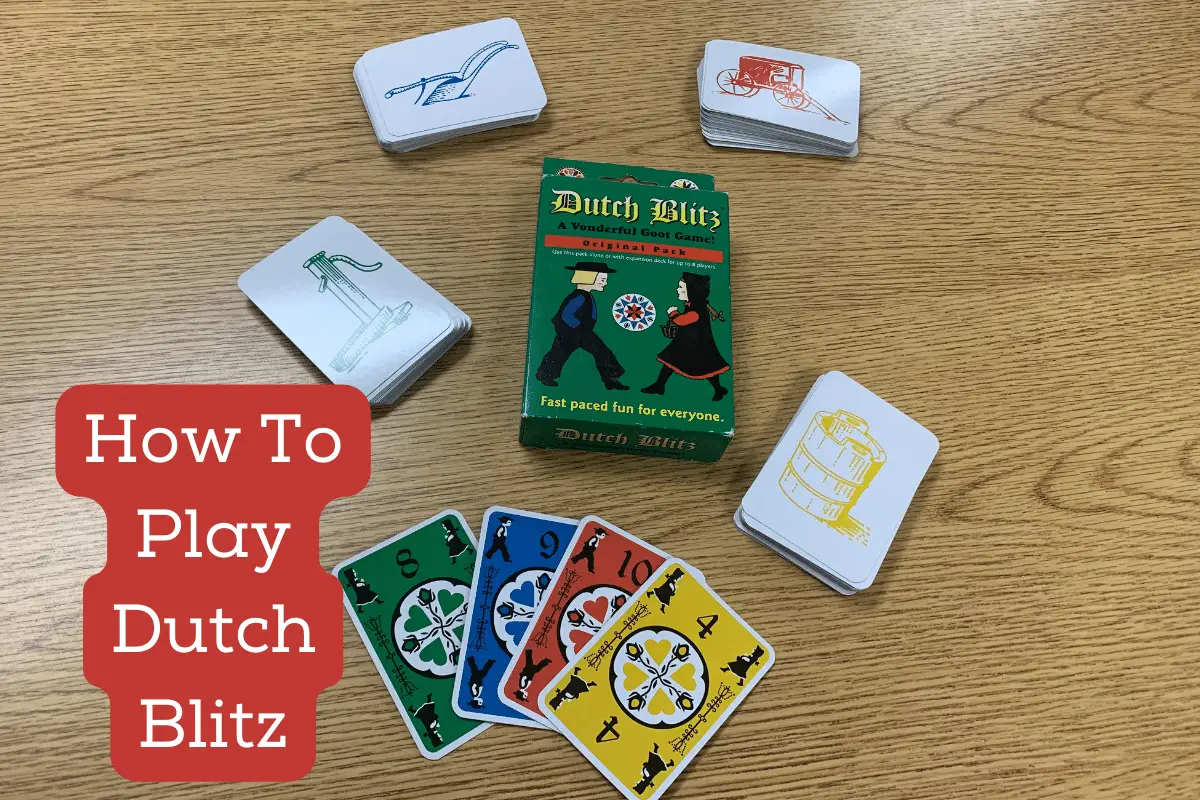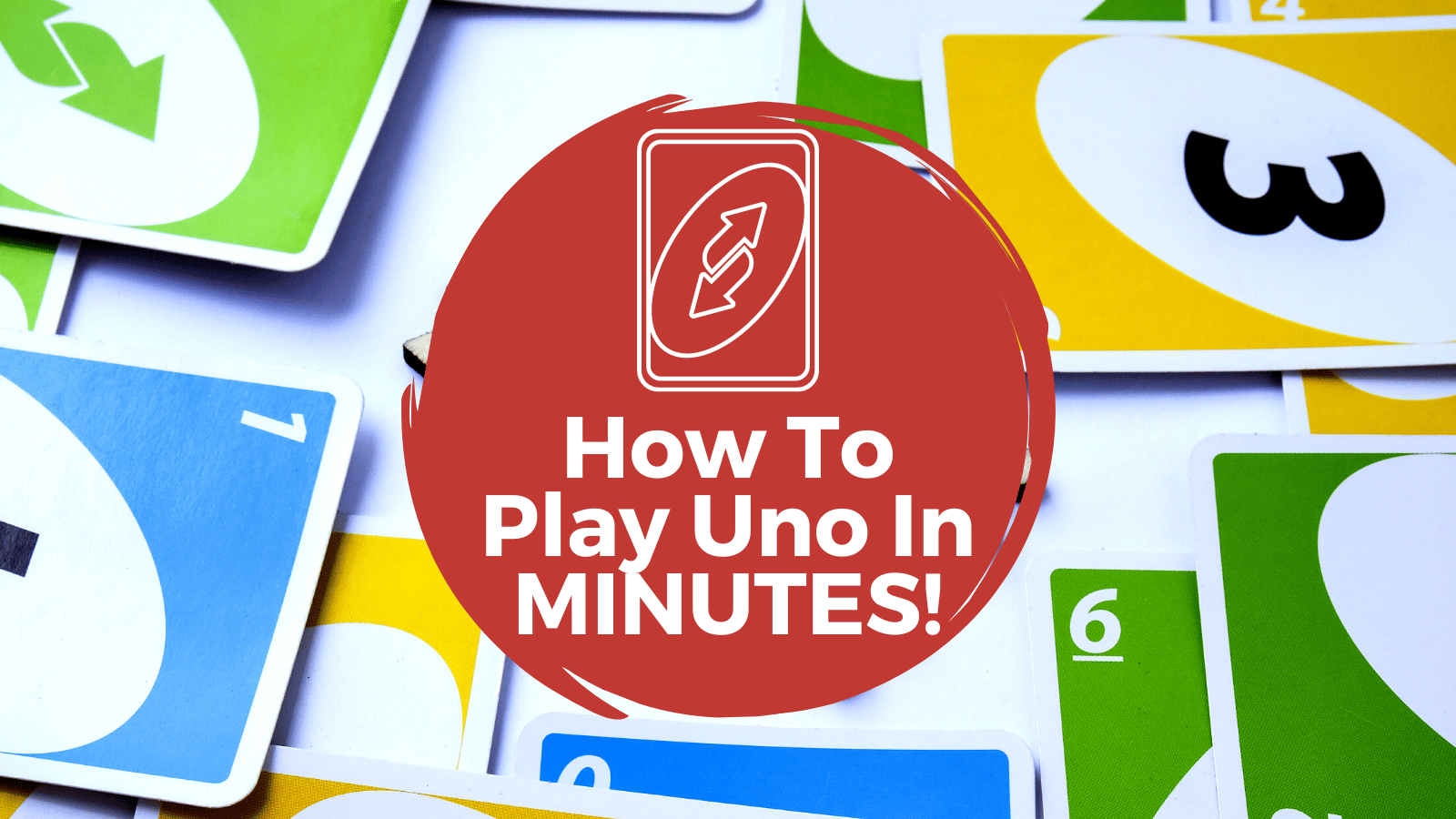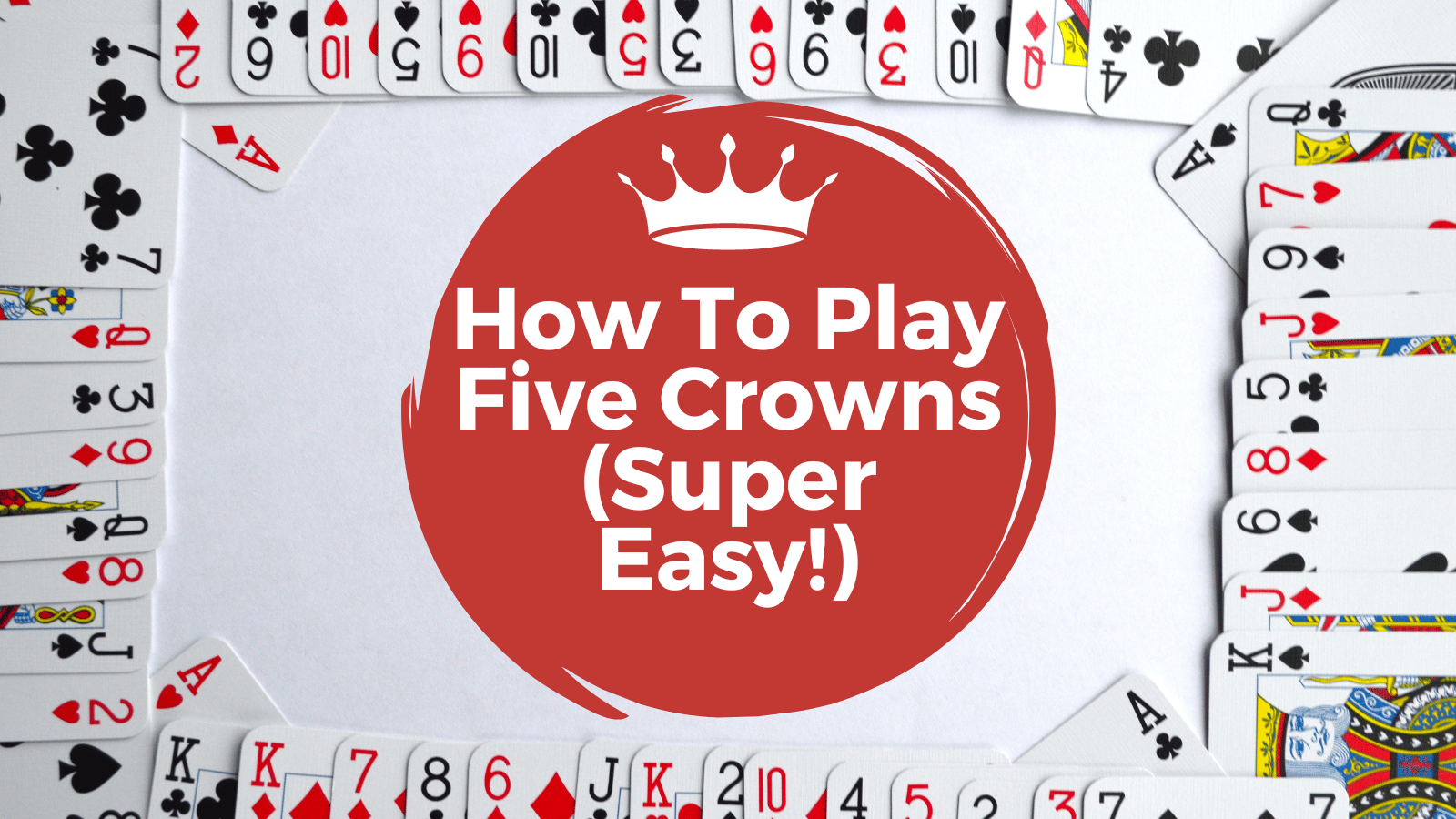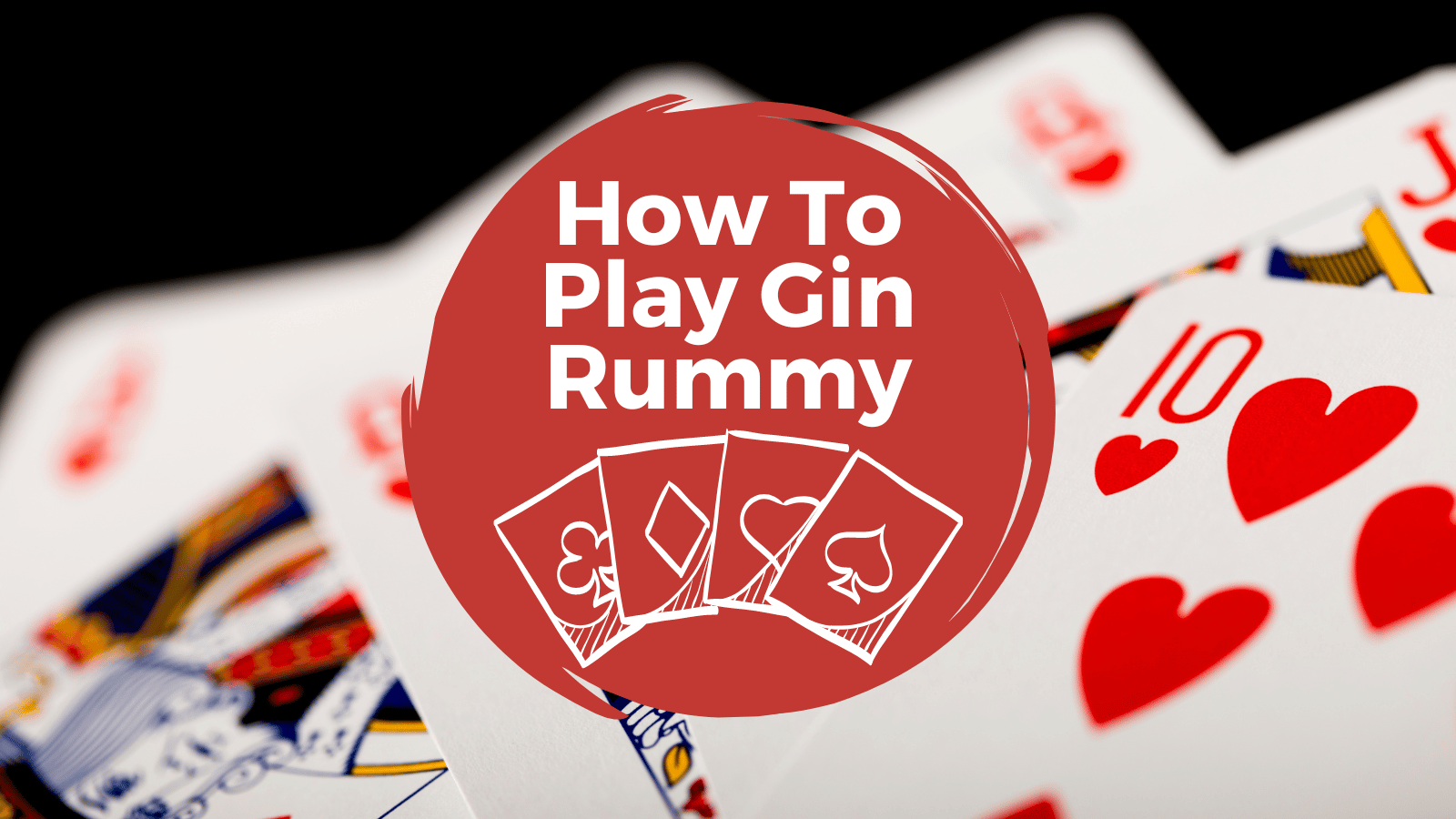Dutch Blitz is a great game for family and friends to play.
I’ve always described it as Solitaire meets Slap Jack, and if you know what those games are, you’ll have a head start in playing this game.
But outside of this, there are several How To Play Dutch Blitz guides that talk about rules but aren’t really comprehensive.
In this guide, we wanted to help get you started playing the game right away without a lot of confusion.
Table of Contents
Quick Dutch Blitz Breakdown
Number of Players: 2-8+
Time: 20-30 minutes.
Ages: 6 years or older.
Goal: Be the first Player to reach 75 points by playing as many cards in the middle and going out of your Blitz Pile first.
Materials: Specialize deck of 40 cards for each Player. Each deck has cards 1-10 in four different colors. The back of each deck has a different picture for each Player.
Flow of the Game:
- Each Player shuffles their cards and deals out 10 cards for their Blitz Pile and 1 card for 3 Post Piles.
- They turn over the top Blitz card and begin play.
- Cards from the Post, Blitz, and Wood Piles may be played in the middle (Dutch Piles) in ASCENDING order matching the color.
- When a spot is made in the Post, the Blitz card may be moved over.
- If no play can be made, the Player should turn over three cards from the Wood Pile and must play the top card before playing the ones underneath.
- A player may stack on the Post Piles in DESCENDING order alternating Boy-Girl.
- When a player empties their Blitz Pile, they yell, “Blitz!” Play stops, and scoring begins.
Scoring: At the end of each round, players do the following:
- Count the cards left in their Blitz Pile and multiply by -2.
- Count the cards they played in the middle Dutch Piles (separated by card back). These are +1.
- Combine their negative, positive, and previous totals for their current score.
Why Play Dutch Blitz?
- Fun for the whole family
- Builds coordination
- Takes up no space
- Quick to play
- Competitive play
Dutch Blitz Vocabulary
Normally, I save a vocabulary or glossary for the end of a tutorial, but in this game, you’ll want to know what each word means before looking at the directions in more detail.
Look ahead to the next section for a description and diagram of how and where these card piles go.
Wood Pile
The Wood Pile is made of the extra cards not used in the other ones.
When no play can be made from the Post or Blitz Piles, players turn over three cards at a time from the Wood Pile.
The Player must play from the top card of the three, and if they can’t, they can flip over another three cards.
Cards in the Wood Pile must always be turned in groups of three.
When you run out of cards in the Wood Pile, flip the whole pile back over without shuffling and start again.
Dutch Piles
The Dutch Piles start with no cards in them.
As players get 1s, they may start as many Dutch Piles as they want.
Any player may play on any Dutch Pile in the middle as long as they play in consecutive ASCENDING order and match the color.
For example, even in Player 1 puts down a Blue 1, player 2 may play a Blue 2 on top of it.
At the end of the hand, cards in these piles are worth +1.
Post Piles
Post Piles are traditionally placed to the left of the main Blitz Pile in front of a player, though our house rules allow you to switch the pile to the right side depending on your preference.
The Post Piles are really spots for moving around cards from the Blitz Pile or Wood Pile.
In any game with 3+ players, there are 3 Post Piles or spaces.
In a 2 player game, there are 5 Post Piles.
Post Pile cards are face up.
Players may stack on their own Post Pile, but it needs to be in DESCENDING consecutive order, alternating Boy-Girl.
Blitz Pile
The Blitz Pile is the core of the game and each hand.
It contains 10 cards, with the final card placed face up.
This is the pile key towards blitzing the hand and setting the other players back.
The goal of each hand is to empty this pile.
When a Post Pile is empty (or by stacking on the Post Piles), a player should move the Blitz card over and then flip over the next one.
Better yet, if the Player can put a Blitz card on one of the Dutch Piles, they should move it over.
Once the pile is empty, they yell, “Blitz!”
Each card leftover once someone yells Blitz! is worth -2 points.
Blitz!
This is what you yell when you finish the game.
Some people also allow you to yell, “Nerts!” which is a cousin-variant of Dutch Blitz.
As soon as a player empties their Blitz Pile, they must say it, and then all play immediately stops.
Dutch!
This is the phrase you yell when someone makes a mistake.
After yelling “Dutch!” everyone needs to freeze right where they are.
No cards can be touched or played.
Misplayed cards are reset, and when all players are agreed that everything is fixed, play resumes.
How To Setup The Playing Field

Here are the steps for setting up your Dutch Blitz hand.
Reference the image above and the Vocab section as needed.
- Each Player shuffles their own 40 card deck.
- Each Player deals 10 face-down cards for their Blitz Pile in front of them (either to the left or right, depending on their preference).
- Next, each Player deals 3 face-up cards in line with the Blitz Pile directly in front of them for the Post Piles (5 Post Piles for two players).
- They place the rest of the deck face-down in front of them, closer than the Blitz and Post Piles. This is the Wood Pile.
- The space next to the Wood Pile is for the cards you flip over.
- When they’re ready, each Player flips over the top card on their Blitz pile and waits.
Dutch Blitz Play
When all players are ready, one Player gives the signal to start (usually the scorekeeper).
There are no turns in Dutch Blitz.
Everyone plays at the exact same time as quickly as possible until someone empties their Blitz Pile and yells, “Blitz!”
Any 1-value card is played as the start of a pile in the middle or Dutch Piles.
There can be as many of these as there are 1s that turn up, even if the same color has already been started.
Players look to their Blitz, Post, and Wood Piles for cards to play on top of the Dutch Piles in ASCENDING order, matching color.
Any player may play on top of any Dutch Pile.
If a player uses up a Post Pile, the card on top of the Blitz Pile may be moved over to the empty spot.
Always keep the same number of Post Piles (don’t add more).
If the Blitz Pile and Post Piles can’t play, the Player flips over three cards from their Wood Pile.
They play the top card if possible. If not, they flip over three more cards.
The order of cards in the Wood Pile can’t be changed, and they must always be flipped in groups of three.
As you play, if you see a way to stack cards from the Blitz or Wood Piles onto the Post Piles, this is allowed as well.
Remember, they must be stacked in DESCENDING order alternating Boy-Girl based on the picture on the cards.
The play continues with this flow until the Blitz pile is empty:
- Play Blitz card in the Dutch Pile, Post Pile, or stack on Post if possible (flip over the next card when you do).
- Play Post Pile cards in the Dutch Piles (or move stacks on other Post Piles to make room for Blitz cards).
- Flip three cards off the Wood Pile and play in the Dutch Piles or stack on the Post Piles.
When the Blitz Pile is empty, play stops, and scoring begins.
Scoring Dutch Blitz

Once someone yells, “Blitz!” and ends the round, all play stops, and cards are left as they are.
Each Player counts the number of cards left in their Blitz Pile only and gives this number to the scorekeeper.
The scorekeeper then multiplies each number by -2 and writes the negative points down.
Whoever went out first gets a zero against them.
After reporting their score, each Player gathers up the following and puts them off to the side:
- Blitz
- Post
- Wood
All Dutch Piles are put together and then separated by Player.
Remember, each Player should be assigned a backing (Pail, Plow, Pump, Carriage).
Return the Dutch cards to the assigned Player and have them count the number of cards they played in the Dutch Piles.
Each card played here is worth +1 point.
The players report this number to the scorekeeper, who writes it down.
The scorekeeper then combines the negative points, positive points, and any previous total from hands before.
Everyone puts the Dutch cards back in their decks, shuffles, and plays again.
In this manner, you continue until someone reaches a total of 75 or more points.
Whoever reaches it first (or has the highest total if two people pass it at the same time) wins!
If there is a tie, where multiple players pass 75 at the same time and end on the same value, the winner is the one who earned the most points in that hand.
If it’s still a tie, play another round to see who wins.
It may be helpful to check out our guide on how to score Dutch Blitz, including our FREE printable score sheet.
Other Dutch Blitz Rules
There are a few other rules to be aware of in Dutch Blitz that don’t always come up in games.
The ones marked with a * are part of the official rules.
The other ones are common practice.
Of course, house rules always trump official rules, so if you want to mix it up, feel free!
I won’t tell the Dutch Blitz police on you.
- One hand only*: You can’t put down the Wood Pile to pick up multiple cards with two hands to play them.
- Cards must be set down*: No throwing of cards onto the Dutch Piles is allowed. They must be put down. An exception might be made if you have a large group and they can’t reach the pile.
- Dutch Piles always start with 1s.*
- Blitz Pile cards must be played in order*. No shuffling or mixing the Blitz Pile is allowed.
- Wood Pile must be played in order*. Wood Pile cards must be flipped over in groups of three and played in that order. No shuffling is allowed.
- If all players are “stuck,” move one card from the top of the Wood Pile to the bottom*. This only applies if every single Player is completely blocked from playing from the Post, Blitz, and Wood piles, AND no Post Pile stacking is an option.
- If the total value of your Post and Blitz piles is over 30, you may reshuffle and set up again. This helps prevent people from getting too stuck in the early game.
- Whoever completes the Dutch Pile must move it out of the way. With large groups of players, there will be a ton of Dutch Piles. When it’s complete (all the way through 10), the Player who played the 10 must move it off to the side to make room for new piles.
Check out these other card games like Dutch Blitz.
Quick Strategies
If you want some quick strategies to up your game, check these out:
- Get that Blitz pile down before any other pile.
- Stacking on Post Piles is a good strategy, but not right away. Doing it early locks up cards and keeps them out of play.
- There’s no reason to hold onto Wood Pile cards. Get them out there for more points!
- Look at what card is in the middle and how far away your Post and Blitz cards are. If you see someone start playing on a pile your cards are near, get ready!
- Spy on your opponents. Do they have similar cards to you? Then watch for them to move and react.
- Don’t get hung up on getting a laid card snaked from under you. Keep going!
- Play Dutch Blitz more. With practice comes skill in seeing all the cards right away.
- High cards on the Blitz Pile are a problem. If you see one, move it off as soon as possible, even if you have to stack.
- If you have a high card on top of your Blitz Pile, do everything you can to get it out right away, including stacking on the Post Piles.
Learn more Dutch Blitz strategies in our article at the link.
Where Can I Buy Dutch Blitz?
Dutch Blitz is available in many places and stores (as well as online).
The base game comes with enough decks for four players, but the expansion takes it up to 8 players.
When we first found the game, we only had the expansion, so you can play with just that one too.







